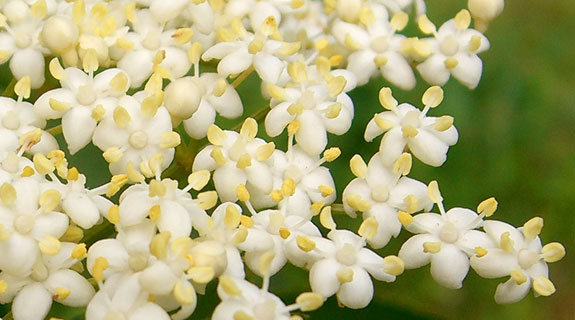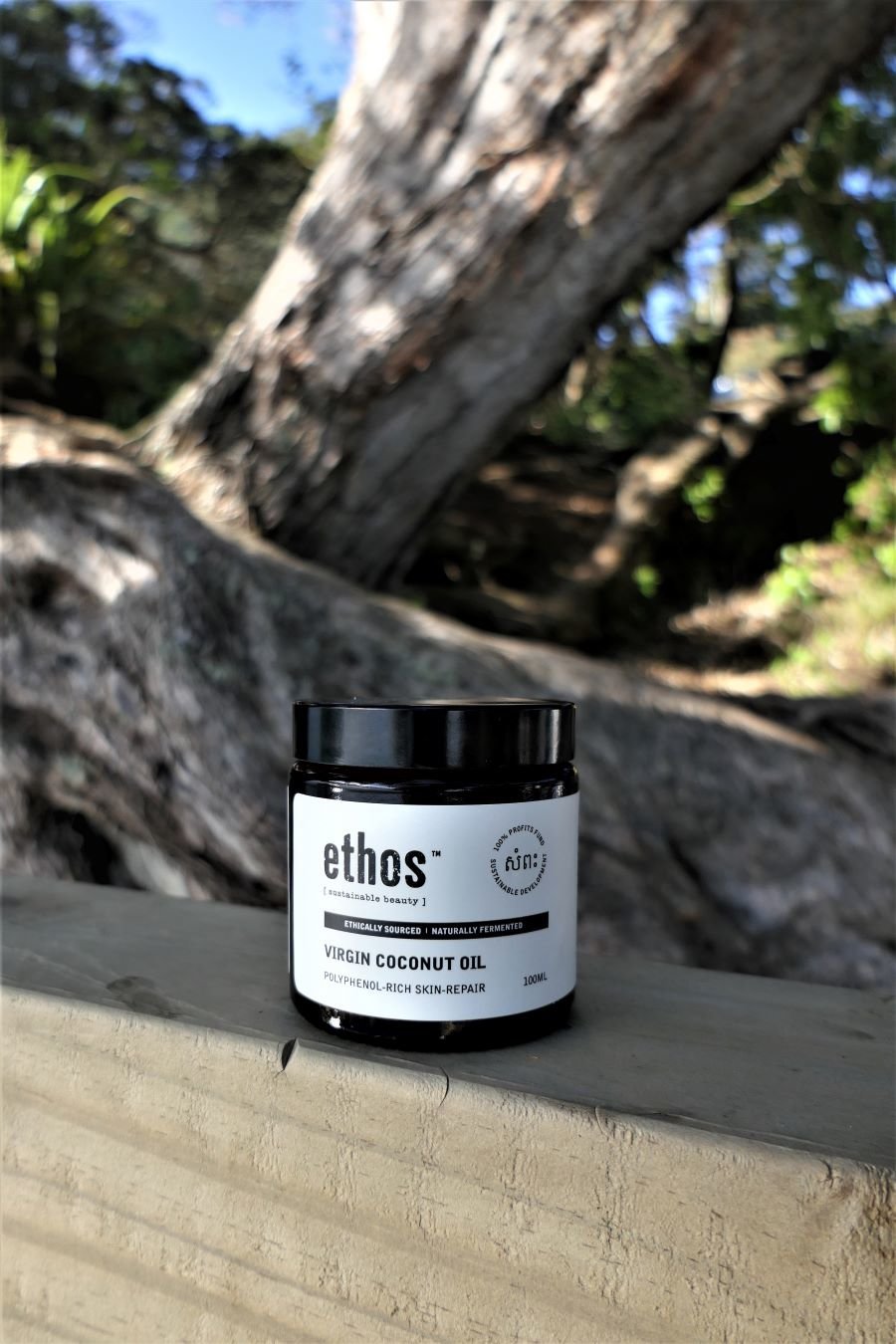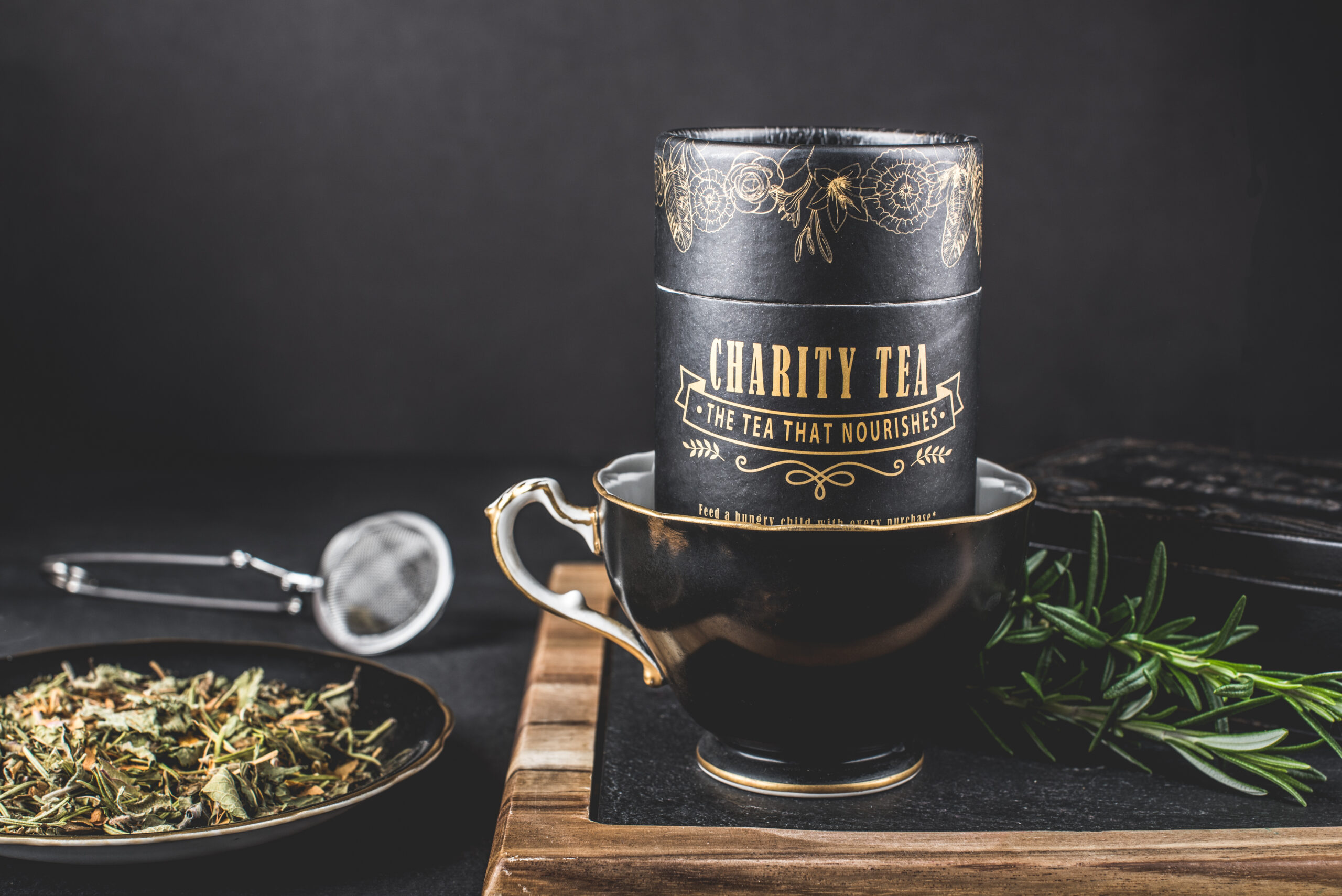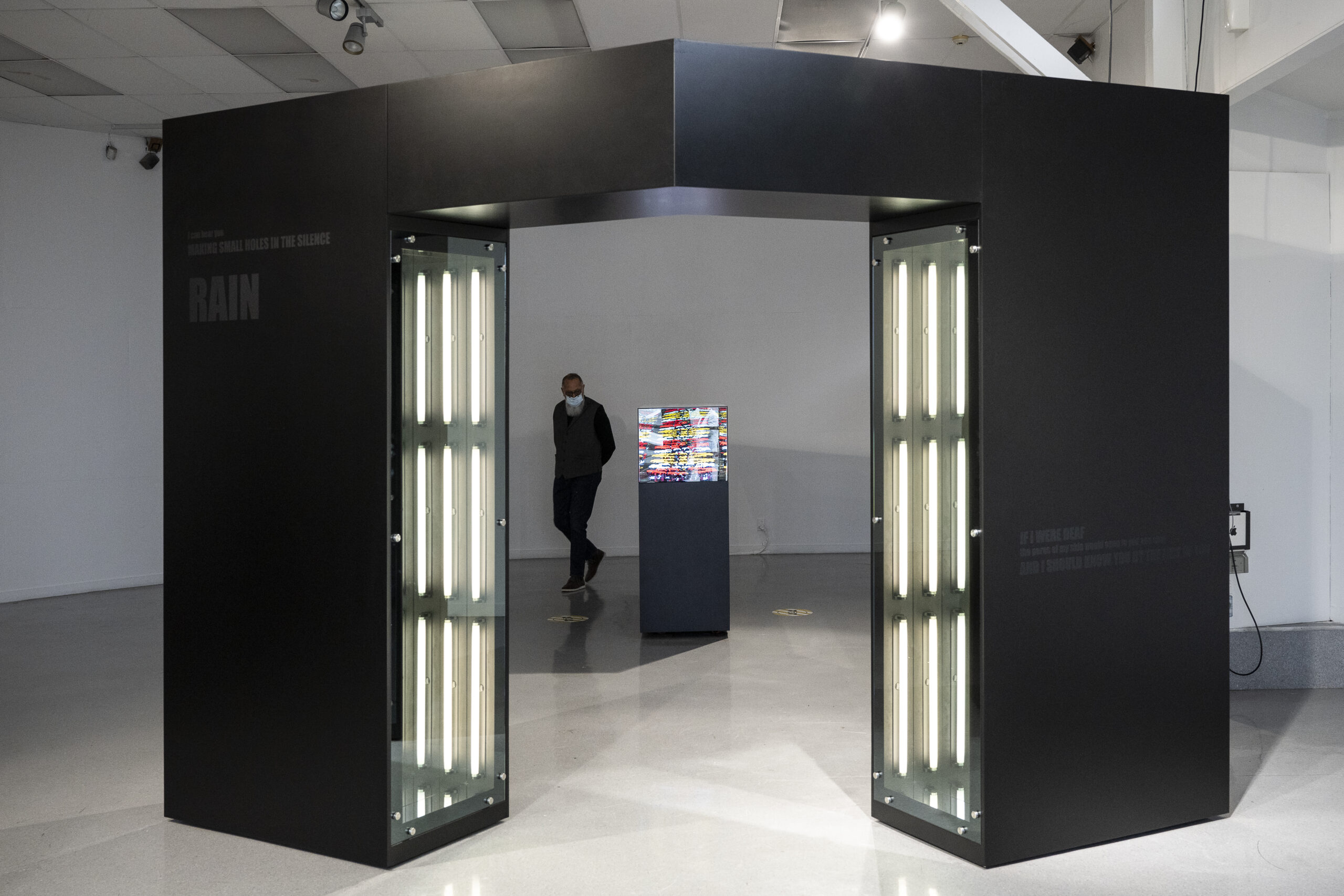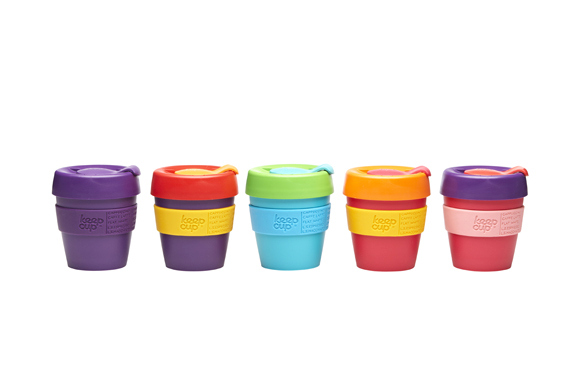The fast-growing Elderberry tree, a small introduced tree that has naturalised in New Zealand, is almost a pest in some areas. But as the saying could go, if life hands you elderberries, make elderflower bubbly.
The fast-growing Elderberry tree (Sambucus nigra), a small introduced tree that has naturalised in New Zealand, is almost a pest in some areas. But as the saying could go, if life hands you elderberries, make elderflower bubbly.
Above photo: flickr.com/photos/7147684@N03 / CC BY 2.0
This ancient German recipe for elderflower bubbly contains a very small amount of alcohol. It’s a wonderful summer drink, fermented by natural yeasts. Here’s how to make it.
- 5–10 large, fully opened elderberry flower clusters
- 3 to 5 organic lemons
- 500–1000g of sugar
- 10 litres water

Photo by Toaki Okano
- Collect 5–10 large, fully opened umbels (flower clusters) of elderberry flowers. It is important that you pick the flowers in the late morning of a sunny and dry day; this way you ensure good and potent strains of natural yeasts.
- Place in a large bucket with 3 to 5 halved, organic lemons and 500–1000g of sugar, depending on how much of a sweet tooth you have. Add 10 litres of water.
- Cover this and let it sit for about three days in the sun. The flowers need to turn brown.
- Press out the lemons, filter the liquid (usually there are a number of thrips in the flowers) and pour into empty soft drink bottles. Close the bottles tightly!
- Store in a dark and cool place for at least two weeks. The bottles will get very tight due to the carbon dioxide from the fermentation. Be careful when opening the bottles; pressure will build up in the bottles.
- When stored in a cool, dark place the sparkling wine will keep for many months. If you want to preserve it longer, add a tablespoon of tartaric acid when starting the liquid.


